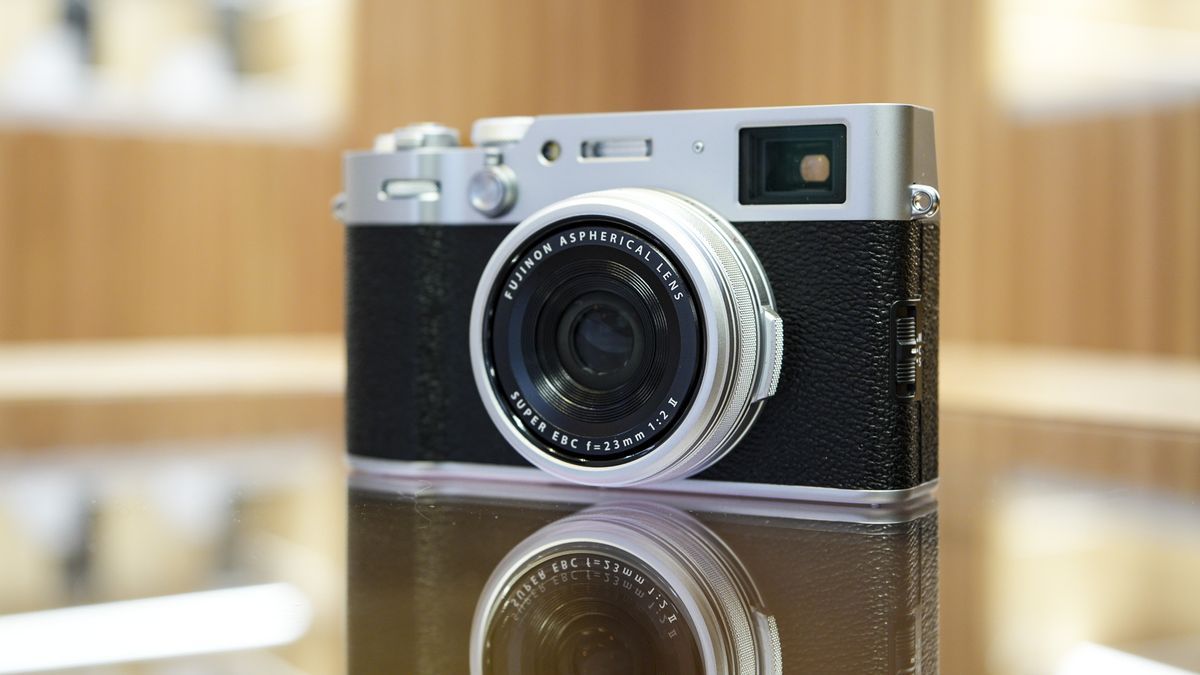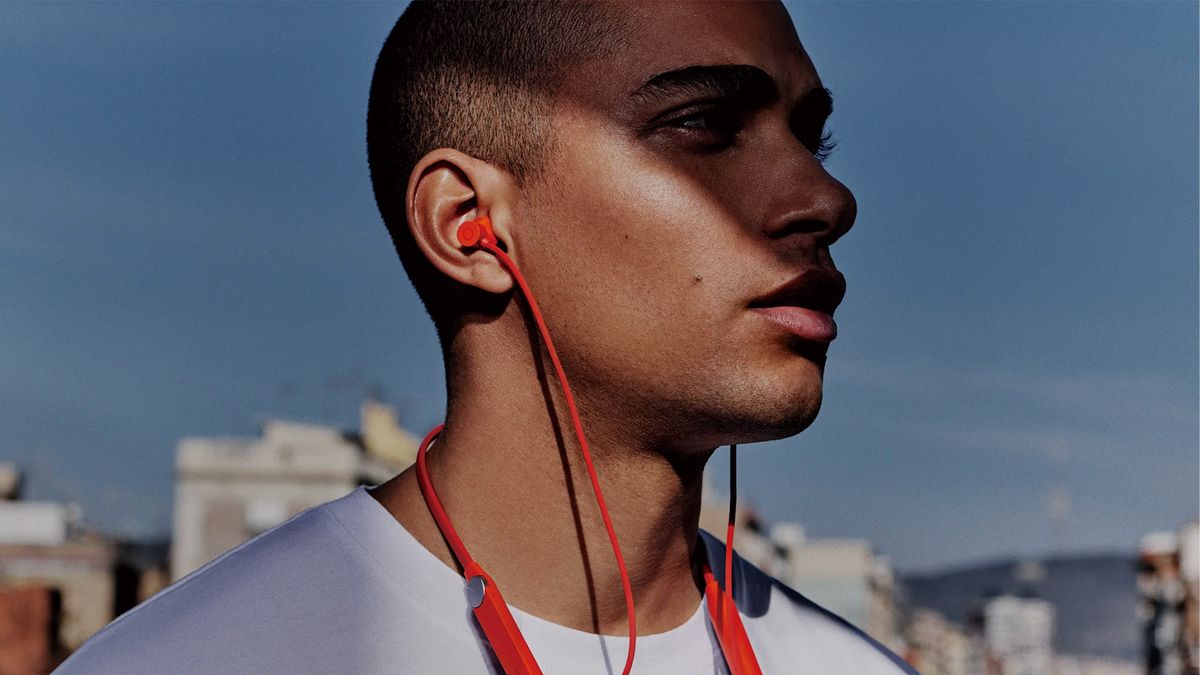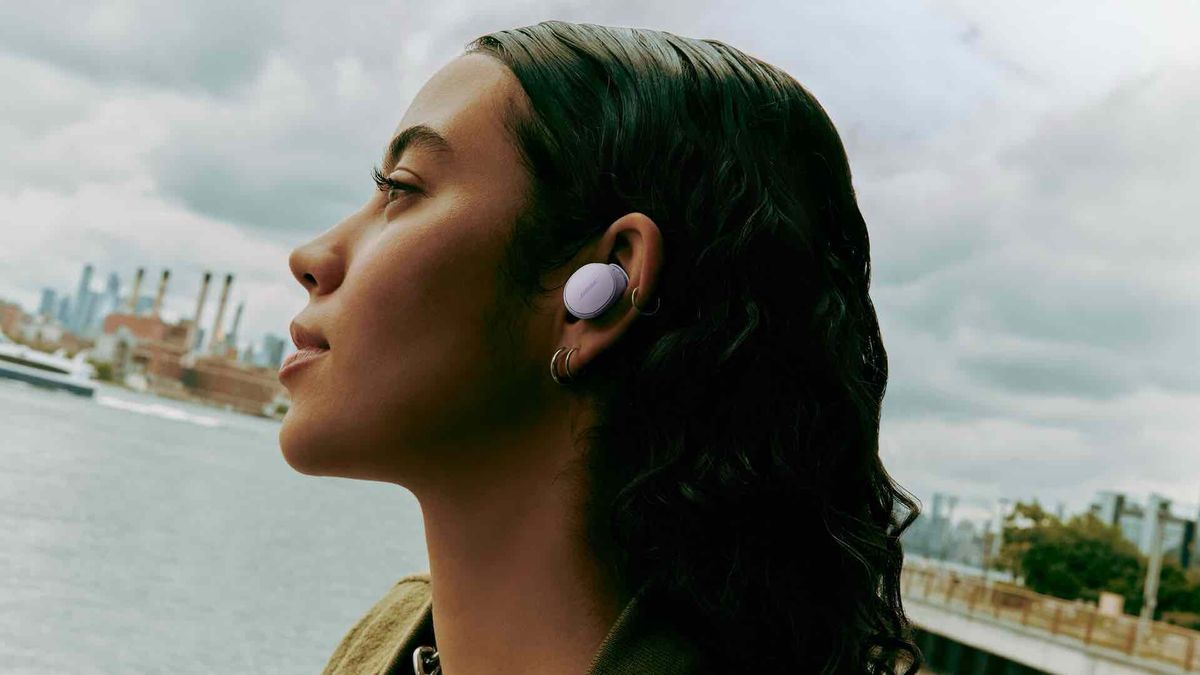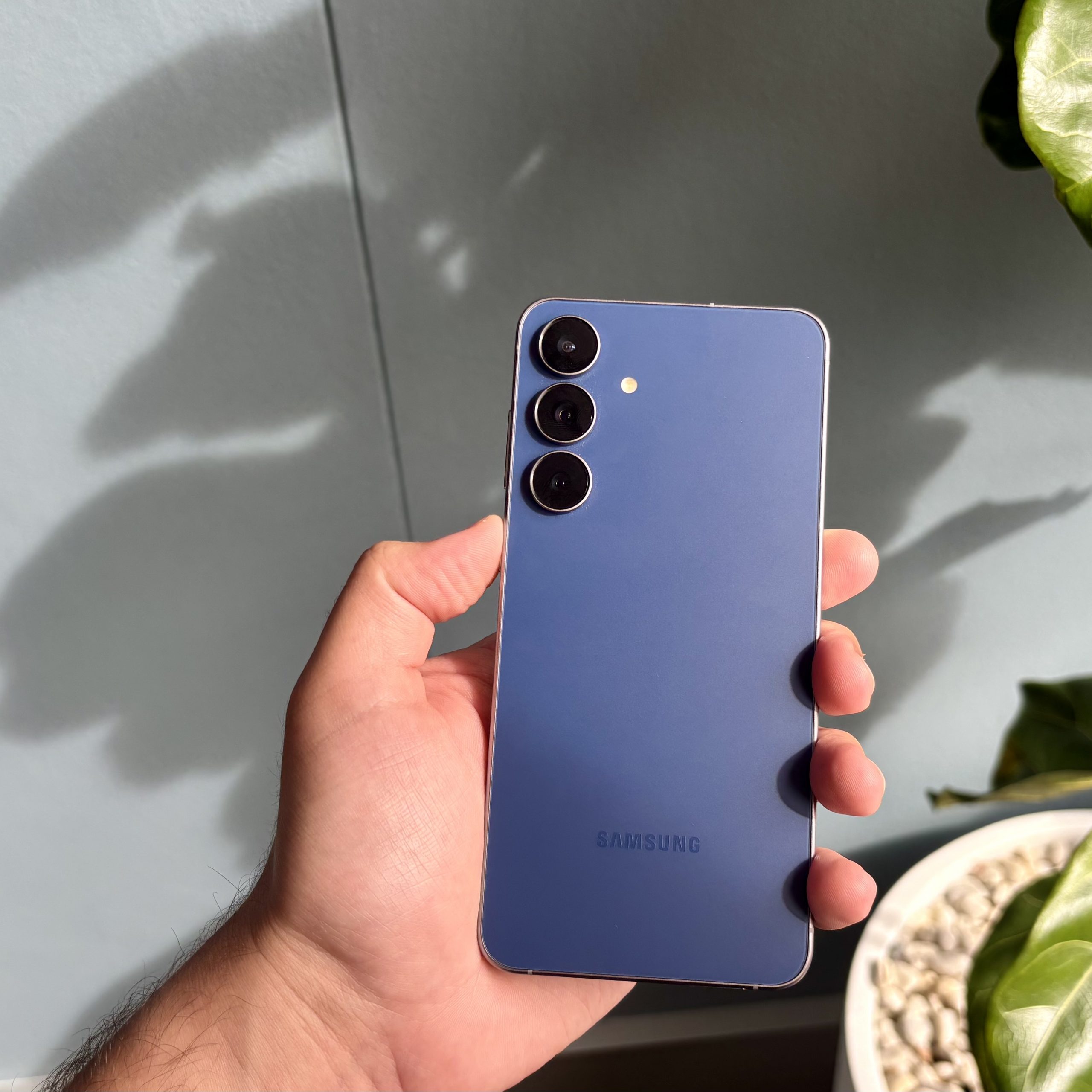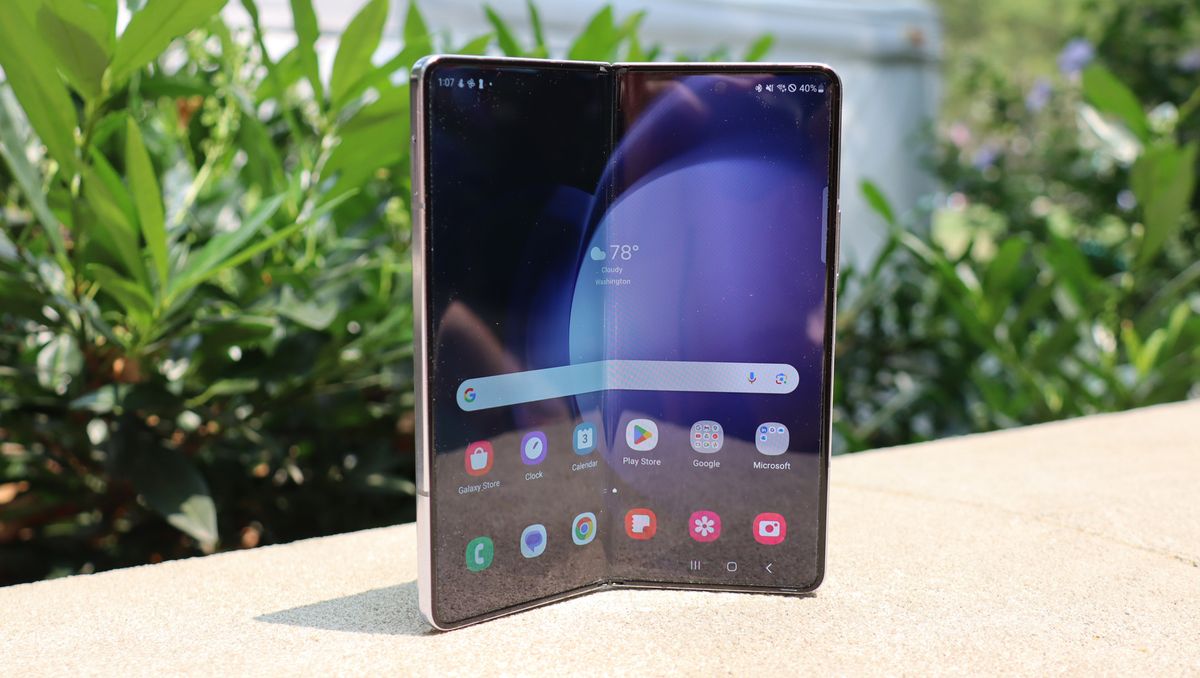The Fujifilm X100VI, one of the most anticipated cameras for 2024, is here and it has not disappointed. It's one of the best compact cameras of all time and makes us dream about what else Fujifilm could do with the X100 series.
Destined to be the new favorite camera for street photographers, the X100VI is a family-friendly version of the Fujifilm
The retro appeal remains, as does the 23mm f/2 lens, which has the full-frame 35mm equivalent focal length popular in reportage photography. However, under the hood it's a different story. This sixth-generation model (arriving four years after its predecessor) is more powerful and capable in almost every area, giving photographers plenty of reasons to upgrade or purchase a Fujifilm for the first time.
You'll pay for the pleasure of using this camera: at $1,599/£1,599 (pricing for Australia is TBA), the X100VI is about 20% more than the X100V at launch, although that camera has recently been selling for even further. four years after its launch, thanks to a combination of its unprecedented popularity and opportunistic sellers.
If you were on the wait list for the X100V, there's good news and bad news. The bad news is that the X100V is no longer for sale; The good news is that you'll get early notification about the X100VI when sales begin on February 28. The rest of us will have to wait and see how long it takes to get our hands on what the new best premium compact camera is for most. people.
X-T5 power, compact body with fixed lens
In many ways the Fujifilm X100VI is a big improvement over the X100V, but in other ways it's also nothing we haven't seen before. The X100VI essentially brings Fujifilm X-T5 technology to the X100 series of compact cameras, and that's a excellent stuff.
We've got the same 40MP APS-C sensor and X-Processor 5 engine for up to 11fps burst shooting, plus 6.2K video and Fujifilm's best AI-powered subject detection autofocus, which can recognize people, animals, birds and various vehicles. In short, the X100VI uses a lot of Fujifilm's latest and greatest technology.
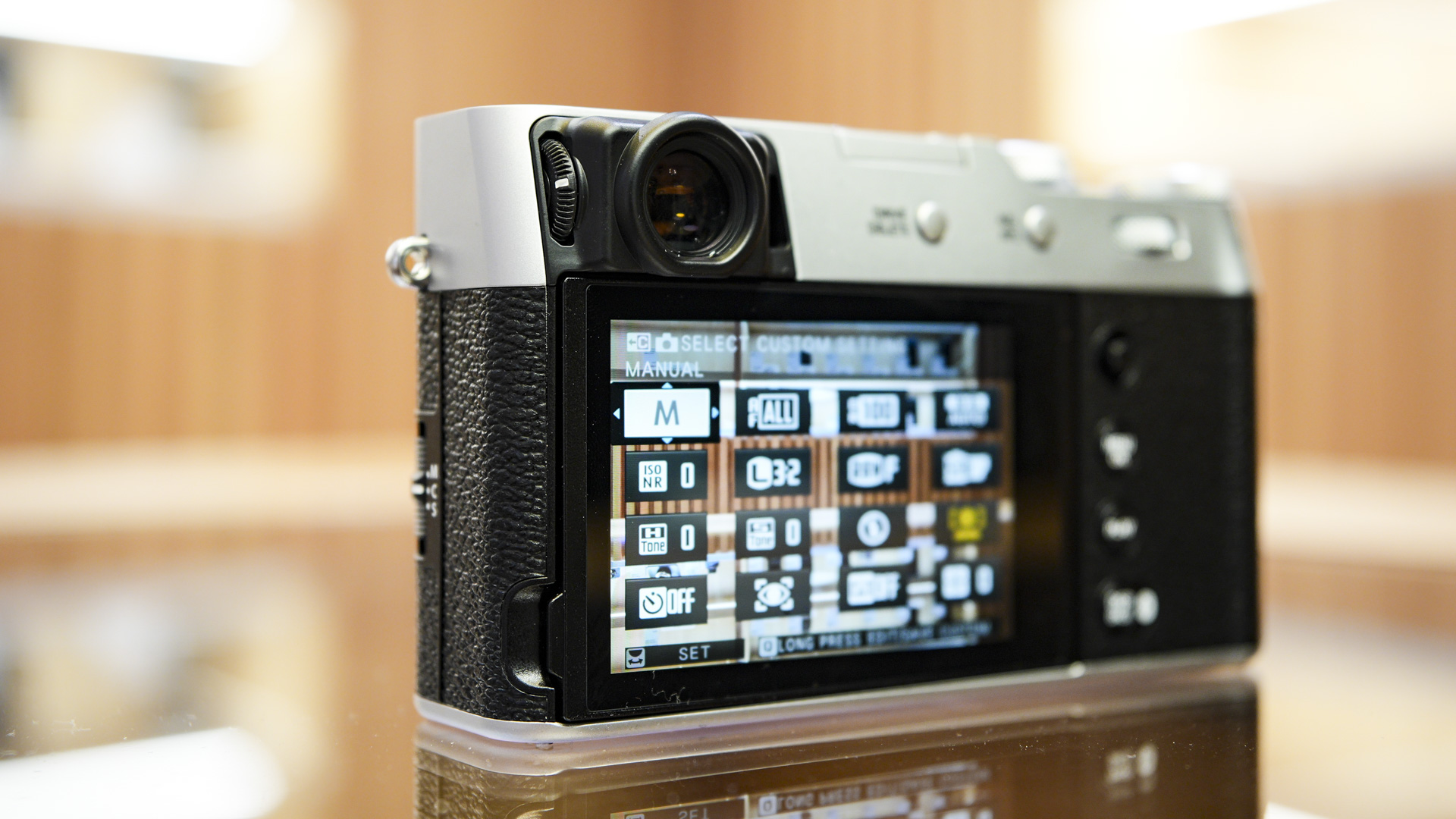
There's also in-body image stabilization (IBIS) rated up to 6EV to keep handheld shots sharp in a wider range of scenarios, which is a big deal for a camera designed to be used primarily handheld. Combine this with the built-in 4-stop ND filter and you can get wonderfully creative handheld shots with a slow shutter speed, or simply reduce the shutter speed to improve image quality in low light conditions.
All of these improvements are packed into Fujifilm's much-loved retro design with that gorgeous hybrid optical/electronic viewfinder – just two of the reasons why TechRadar ranks the X100 series as the best premium compact cameras available.
We dream of the future of the X100 series
Fujifilm X100VI Price and Availability
The Fujifilm To commemorate 90 years of Fujifilm, there is a special edition model of the X100VI that is limited to 1,934 units (1934 was the year Fujifilm was founded) and each model has its unique number engraved on its top plate. This special edition comes with a strap and different engravings, but is functionally identical to the standard X100VI and costs $1,934 / £1,934. Sales of this camera begin on March 28, while in the United Kingdom sales are exclusively in person at the London House of Photography from April 6.
When I think of the higher resolution 40MP sensor (the Focal lengths: 35mm, 50mm. , 75mm and 90mm. It's not like having five different lenses in one (it's still a 28mm lens), but you can crop the image at a wider angle, even if it costs a few million pixels, and even the 90mm crop mode produces respectable stills 5 MP.
At 40MP, the X100VI offers more headroom for image cropping than the lower resolution X100V. We now also get a fully usable 'digital teleconverter' for 50mm and 70mm crop modes; In short, the X100VI is more versatile than the X100V.
Better sensor technology is welcome, but it makes me think of the faith that Fujifilm continues to show in the favored 35mm (effective) f/2 lens used by the X100 series cameras, which in my opinion sometimes falls short. all spacious. enough for the scene unfolding in front of me.
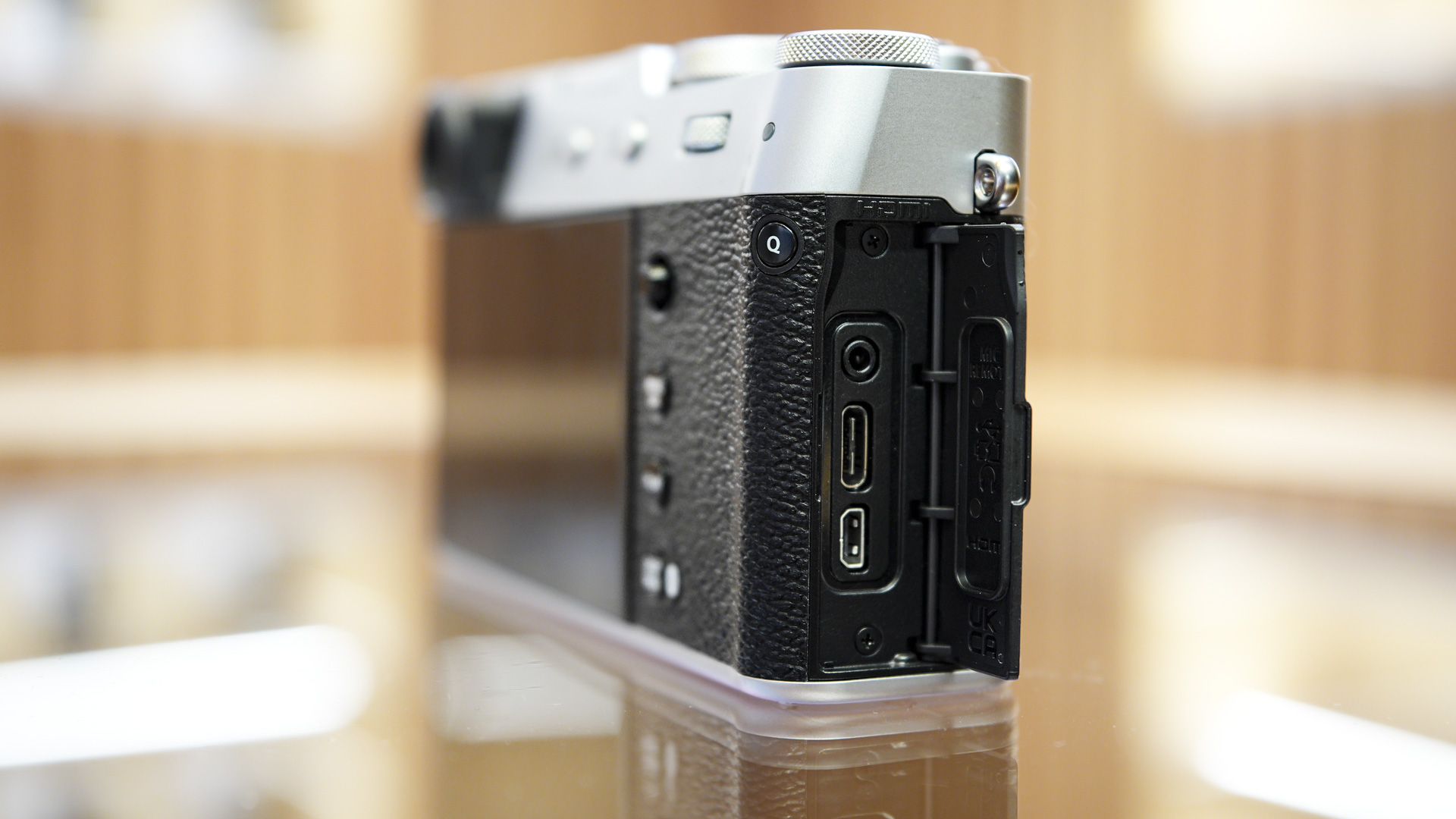
With those extra pixels, it makes sense to use a wider 28mm lens, as the Leica Q3 and most smartphones do. You can then crop the image if you wish for the 35mm and 50mm focal lengths. It's harder to zoom in from 35mm than it is to zoom in from 28mm: you'll need to take a few steps back or add a bulky wide-angle conversion lens (or quickly take a series of portrait photos in a panorama). .
Give it time and Fujifilm fans might start asking for a new type of X100 series camera, one with a different focal length lens. And to be honest, I'm struggling to see where else Fujifilm could go with the He is at the peak of his powers. We may one day see a range of X100 series cameras using the same technology but with new lenses (some might prefer a further fixed telephoto lens and not a wider one like me); Or heck, even a medium format GFX model in the spirit of the X100 series.
But talking about new models is for another day; for now I'm busy enjoying the excellent Fujifilm X100VI. For my first verdict on this sixth-generation model, check out my hands-on review of the Fujifilm X100VI, which looks at the technology inside in more depth.

